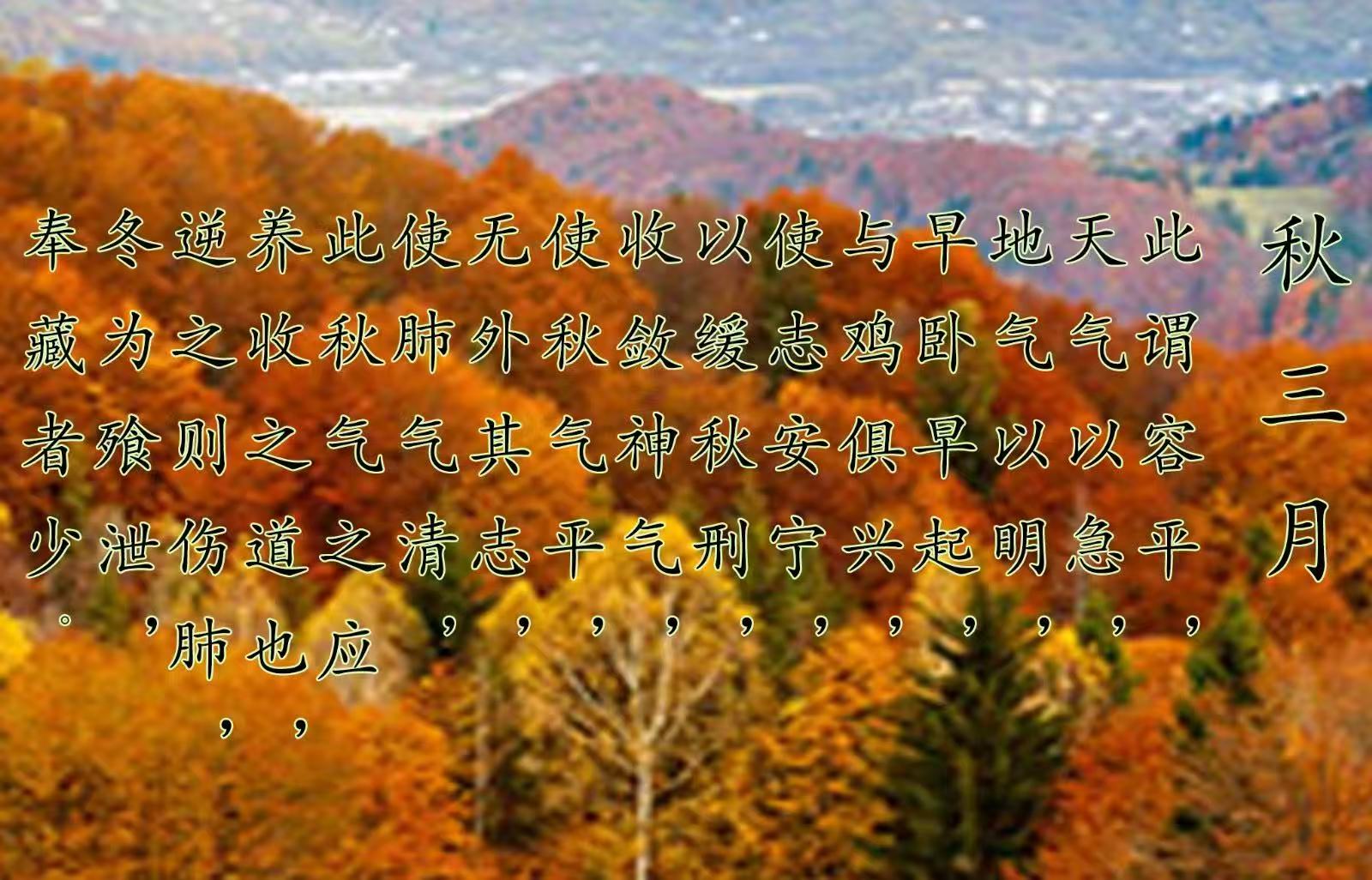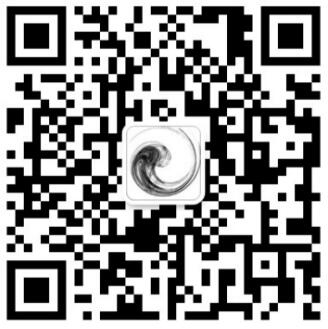A Simple Guide To Tai Chi Chuan
类别:最新动态
更新时间:2016-11-14
浏览次数:3506
中医太极网
Many of you may be discovering Tai Chi Chuan for the first time and would like to know more about what is actually taught and practised in Tai Chi classes.
It is my hope that after reading the following article you will be able to make a more informed choice before going to your first Tai Chi class.
Tai Chi Chuan is accessible to all ages and physical abilities and can be practised on many levels, from a simple 'meditative' exercise to a realistic martial art! - Why not check out our list of recognised Tai Chi Instructors and go along to your nearest class!
Interpretations
With the rise in popularity of Tai Chi Chuan we also see many interpretations of the art. There are those who cover the full curriculum with form, pushing hands, applications, and weapons. However, there are also those who are predominately interested in developing the health aspects of Tai Chi Chuan. They may concentrate more on the hand form, Qigong exercises and meditation.
You, as a potential student, have the option of choosing which approach is right for you. Before committing to a class it may be worth telephoning one or two local instructors, and discussing what is taught in their particular school.
The Hand Form
The first, and most familiar, aspect of Tai Chi Chuan is the Hand Form. This is the series of slow movements you see performed in the parks, in China, early in the morning. There are many benefits to be gained from practising the Hand Form.
Health Aspects
On its simplest level, the Hand Form is an exercise system. However it is not what we, in western culture, usually regard as exercise. How can these slow movements be exercise? In order to understand why, it is good to have a knowledge of the concept of Qi (Chi) energy.
Traditional Chinese Medicine (TCM), which is believed to be over 2,000 years old, also has, at its roots, the principles of Yin and Yang. It is believed that there are meridians or pathways which travel through the body carrying Qi energy. If there is a problem, or imbalance in the flow of Qi energy, a TCM doctor would use acupuncture needles, or perhaps acupressure - the use of thumbs or hands, to stimulate acupoints, and release the blockages.
Tai Chi Chuan and more directly, Qigong promotes the smooth flow of this energy. By performing the postures of the Form, in co-ordination with relaxed, natural breathing and the application of Yi, which is the intent or focus of the mind, we help to keep the Qi moving smoothly through the channels. Therefore, whilst doing these external movements, we are assisting the free flow of internal energy.
Aside from promoting the flow of Qi energy Tai Chi Chuan can also help to increase flexibility, suppleness and exercise the muscles. The smooth, gentle movements also aid relaxation and help to keep the mind calm and focused. These benefits are extremely useful in today's stressful society.
Martial Applications
Each movement or Tai Chi posture carries defensive or offensive applications. To understand these applications it is important to have an awareness of the concept of Yin and Yang, which is at the root of the system of Tai Chi Chuan. Yin is considered to be the soft, feminine principle and Yang the hard masculine principle. In terms of applications a blow or strike would be considered to be Yang force. When the force is coming towards you, you greet it with Yin or softness thereby neutralising your opponent's strike. The postures in the Tai Chi Hand Form are constantly changing from the Yin to Yang aspect. By training slowly, the body becomes familiar with this constantly changing energy. Through training over a long period of time, we can develop these reactions to become instinctive in a combat situation.
Partner Work
If we were only to perform the Hand Form slowly it would not be sufficient training for combat situations. To develop a deeper understanding of how the concept of Yin and Yang applies to Tai Chi Chuan, we have to work with a partner. One of the first exercises we learn is Pushing Hands, or Tui Shou. Here we have one partner pushing, with his/her palm against the wrist of the other. When your partner pushes against the back of your hand you would then soften your wrist, drop the elbow and turn from the waist. This allows you to absorb your partner's energy or force and neutralise it down into the ground. When their Yang force has been fully expended or neutralised, you would then turn your hands and return their energy by pushing back towards them. If, however, your partner were to push too far, or over-extend you would then pull them downwards, behind you. When the basic push hands exercises have been developed you would proceed to free-pushing. This trains you to incorporate these principles against free-form pushes. In free pushing we try to 'listen' to our opponent's energy or intention in order to allow us to react appropriately. During free pushing it is important to try to remain calm and relaxed. By doing so we will remain sensitive to our opponent's movements or intention. However, we must also maintain our own sense of presence or 'being there'. If we were simply soft or relaxed without a sense of being there, it would be easy for our opponent to overcome us.
San Shou
San Shou is, depending on the style, can be a series of partner exercises where strikes or blows are delivered to various parts of the body. One partner strikes whilst the other neutralises the oncoming force by meeting it with softness or Yin energy. He/she then returns blows. Initially, these exercises are delivered softly and slowly, increasing the force and speed as your experience develops. In some styles, San Shou is performed as a structured routine or sequence which incorporates various aspects of self defence in a fixed pattern. Whatever the interpretation, San Shou would ultimately, train these techniques to be adaptable in free sparring.
Weapon Forms
Tai Chi Chuan has a variety of weapon forms. There is, traditionally, the straightsword, the broadsword and the staff. The culture of Chinese martial arts also allows for the adaptation of other common implements for the use of weapons. Some styles may also use a cane, fan and short or long stick form.
There are many benefits to be gained from practising weapon forms. Aside from the obvious martial benefits training in weapons can help to stretch and relax the muscles and promote blood circulation.
Styles
There are generally considered to be five main styles of Tai Chi Chuan. The original style is reported to be the Chen style. The Chen style is very dynamic with some strong stamping movements and rapid punches. It is obviously very martial in content. From the Chen style came the Yang style and from the Yang came the Wu style. Other styles include the Sun and the Li. There are also variations which have derived from those original styles like the Wudang, the Hao and the Cheng Man-ching.
Although Tai Chi may appear to some, to be an easy option, like other martial arts it requires commitment and dedication, to get the best from it. Like anything else in life, the more you put in, the more you get out.



